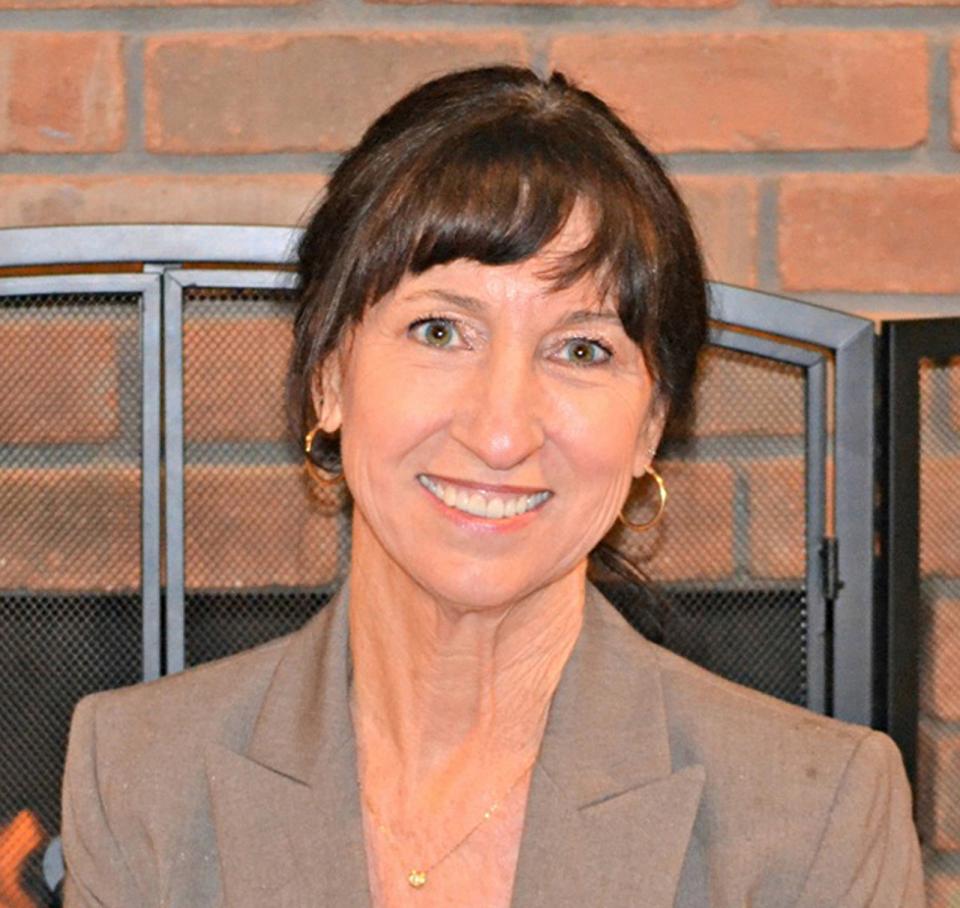Sometimes, it can seem like we hear nothing but doom and gloom about the state of primary education in Arizona — but as a new study reveals, the truth is that efforts on behalf of the state’s children are quite effective.
The recently released Education Equality Index placed Arizona’s achievement gap among the smallest in the country. Ranked fifth out of the 36 states analyzed, the analysis suggests that low-income students in Arizona’s schools are achieving nearly as well as their more economically-advantaged peers.
“In fact, students from low-income communities in Arizona have more access to schools that are helping them achieve at similar levels as their more advantaged peers than students in the surrounding states of Colorado, California and Nevada,” state Rep. Paul Boyer [R-District 20] said.
Mingus Union High School District Superintendent Paul Tighe said, “This study shows that Arizona is doing well at closing achievement gaps and supporting success for all students, regardless of economic status. Many educators and educational leaders across the state, including in the Verde Valley, are working tirelessly to help students achieve success.
“Despite being 49th in the nation in educational funding, Arizona is making measurable gains when compared to other states and national averages. This represents an incredible return on investment. Just imagine what we could do if we were adequately funded.”
“The beauty of Arizona is in its diversity of our people,” Cottonwood-Oak Creek School District Superintendent Barbara U’Ren stated. “Our teachers creatively continue to learn how to meet the needs of diverse populations and work to build their strengths to help all demonstrate strong academic growth despite limitations in funding. I would hope Arizona soon recognizes the good work that is being done and support that work.”
“The state of Arizona is blessed to have some of the most talented and dedicated educators in America,” Sedona-Oak Creek School District Superintendent David Lykins stated. “The professionalism and passion they bring to the schools and the students they serve is truly magical …. I often dream of the magic we could provide for all of Arizona’s students if we as a state funded education adequately.”
“I think the reason the gap between our students is almost non-existent is because of our teachers and staff,” Camp Verde Unified School District Superintendent Dennis Goodwin said. “The negative side of this it is that it makes it seem like teachers don’t need better pay. They do …. I think there are a lot of things teachers give up.”
Goodwin used the example of teachers in the state who cannot afford to live in the communities in which they teach. According to him, this is a situation that needs to change if educators are expected to fully contribute in — and feel connected to — their communities.
Boyer added that the study’s findings underscore a “trend of positive news about academic improvement in Arizona, following on the heels of encouraging NAEP and AzMERIT scores for a particular set of highly performing low-income schools.”
The full report is at educationequalityindex.org/arizona.
